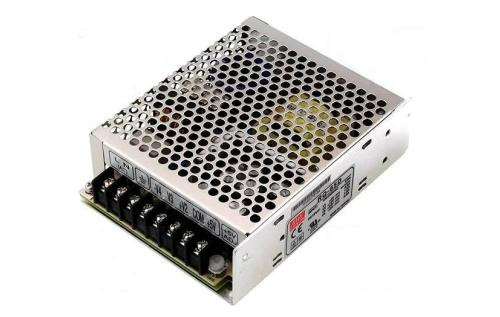What Is A Switching Power Supply?
A Switching Power Supply (SMPS) holds a significant position in the electronic components industry. With the continuous advancement of technology, switching power supplies have become widely applied in the global electronics industry due to their efficiency, compact size, light weight, and adaptability. They are indispensable power supply devices, especially in fields like consumer electronics, industrial control, electric vehicles, and data centers. This article will explore the definition, working principle, characteristics and advantages, applications, and more of switching power supplies.

I. What is a Switching Power Supply?
A switching power supply is a device that uses high-speed switching technology to convert alternating current (AC) or direct current (DC) power into the required output voltage and current. Unlike traditional linear power supplies, a switching power supply works by using switching components such as MOSFETs or IGBTs. The input power is switched in pulse form and then filtered and regulated to provide stable DC or AC voltage, meeting the stringent power requirements of various electronic devices.
II. Working Principle
The working principle of a switching power supply mainly involves the following steps:
Through this high-frequency switching mode, switching power supplies can achieve efficient voltage conversion, reducing energy waste.
Get more details: What Is A Switching Power Supply?